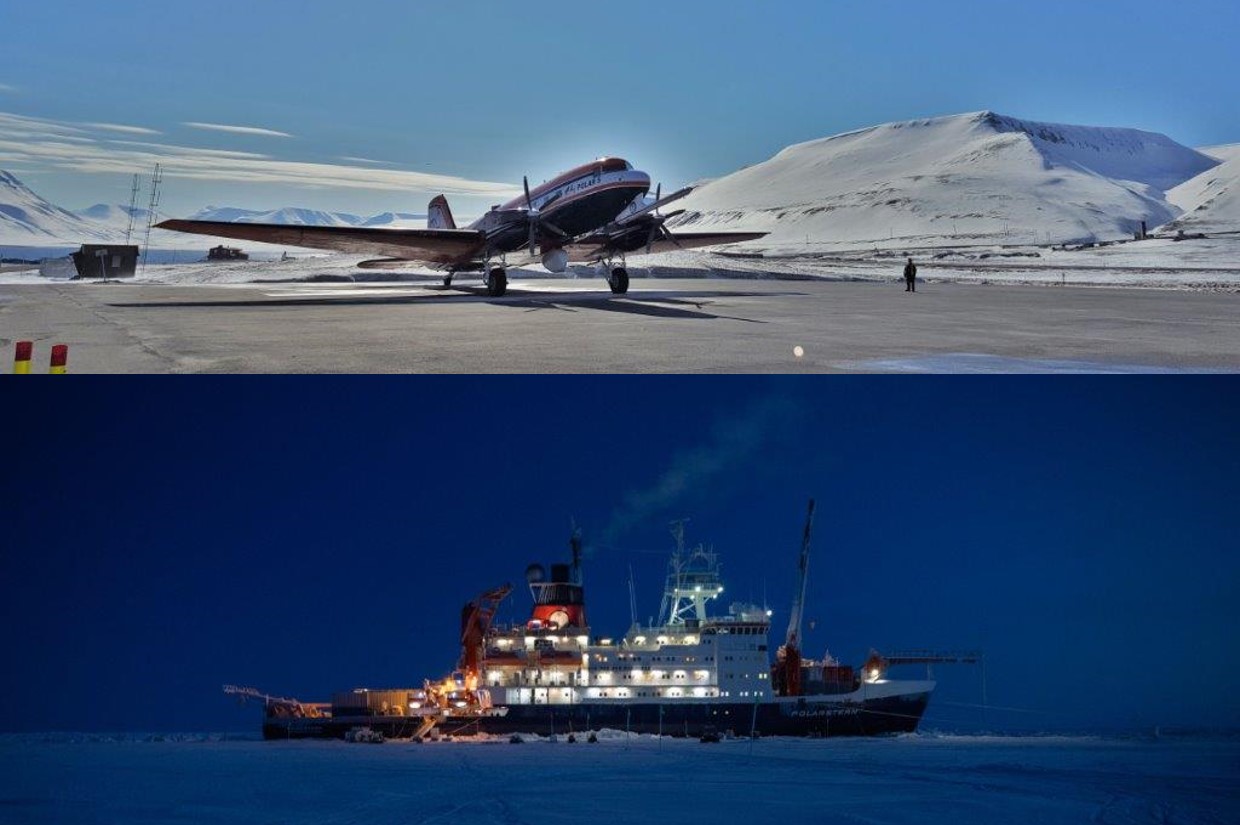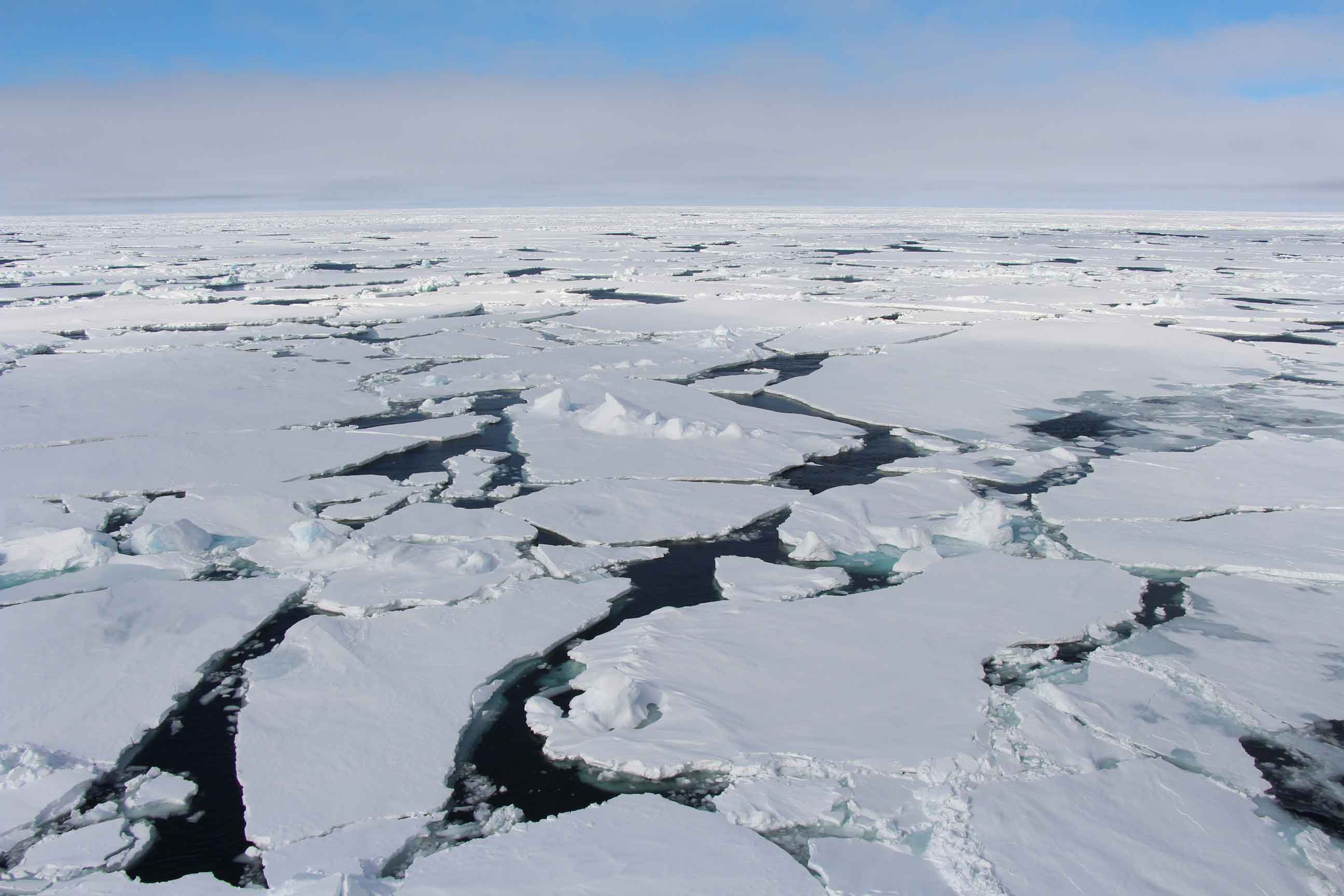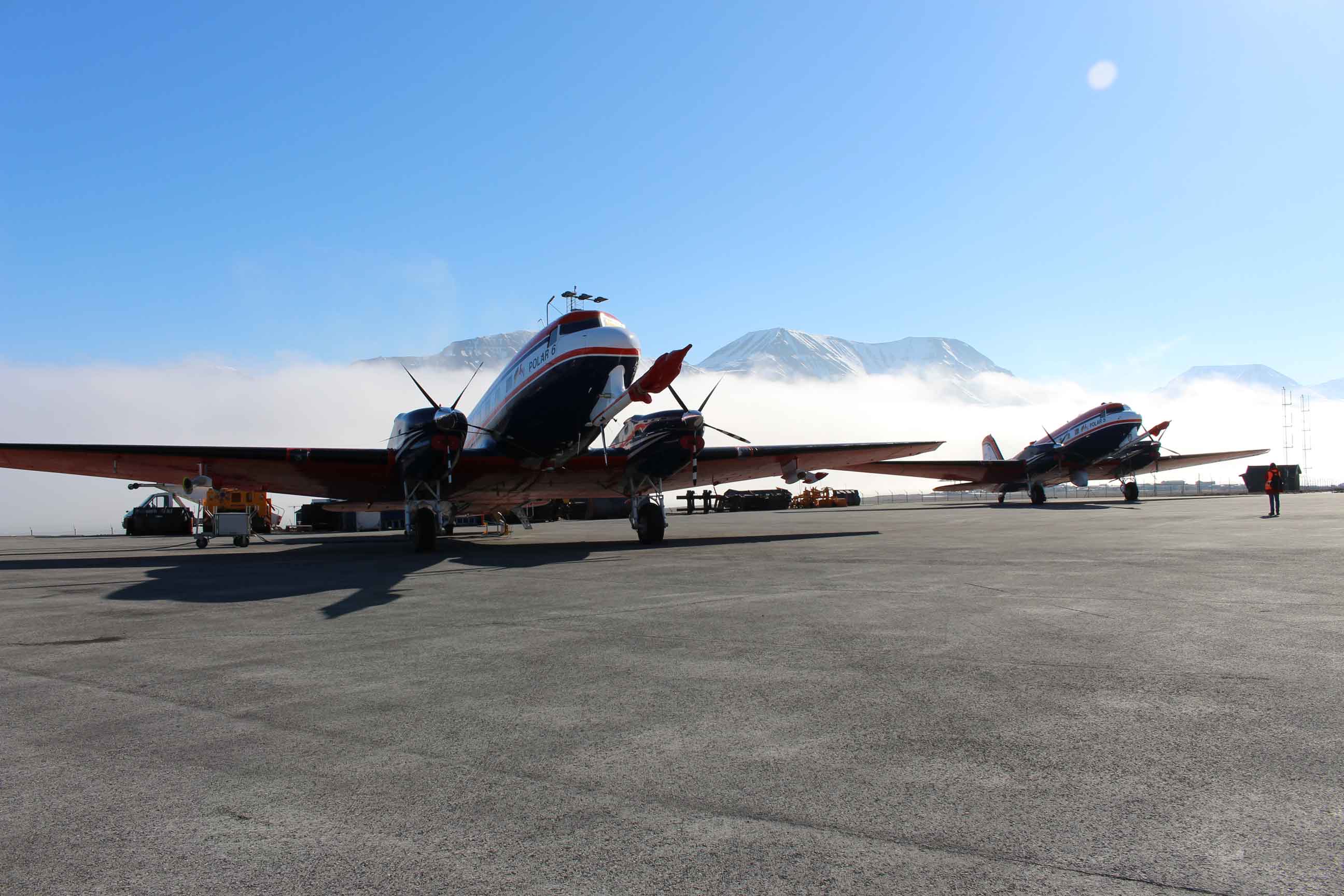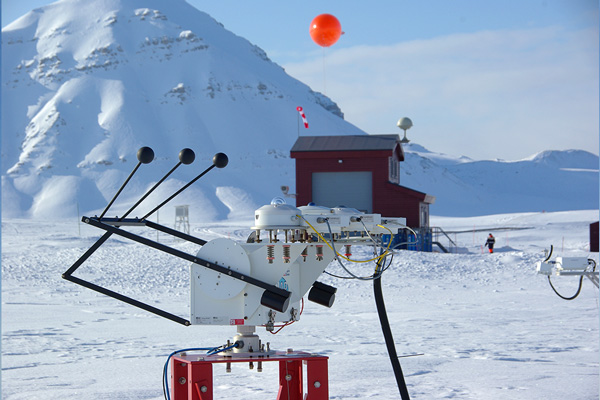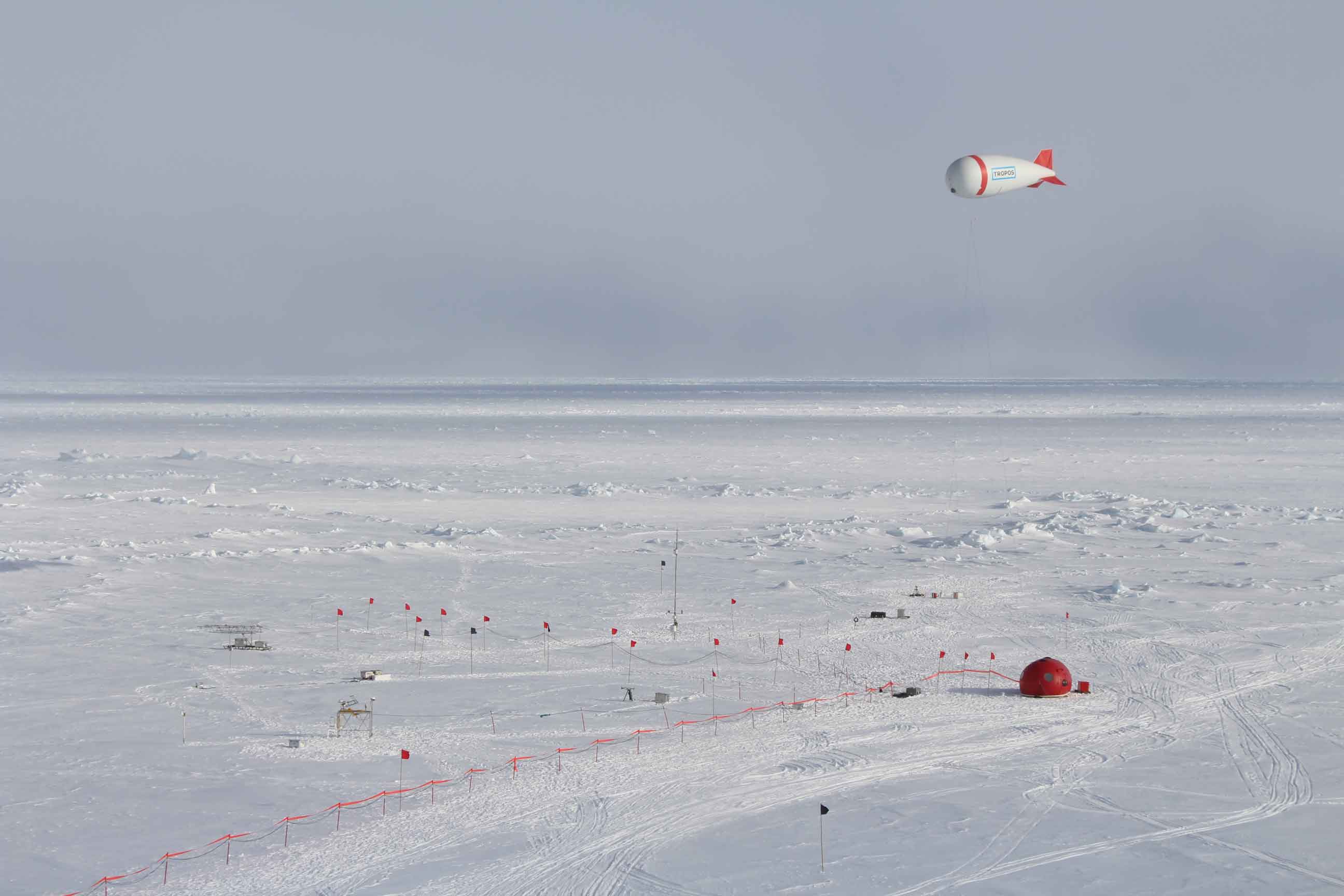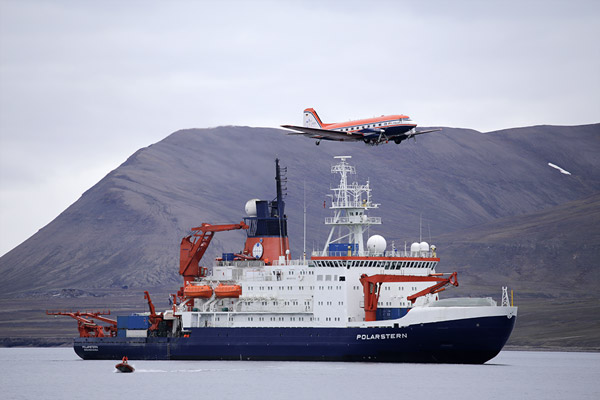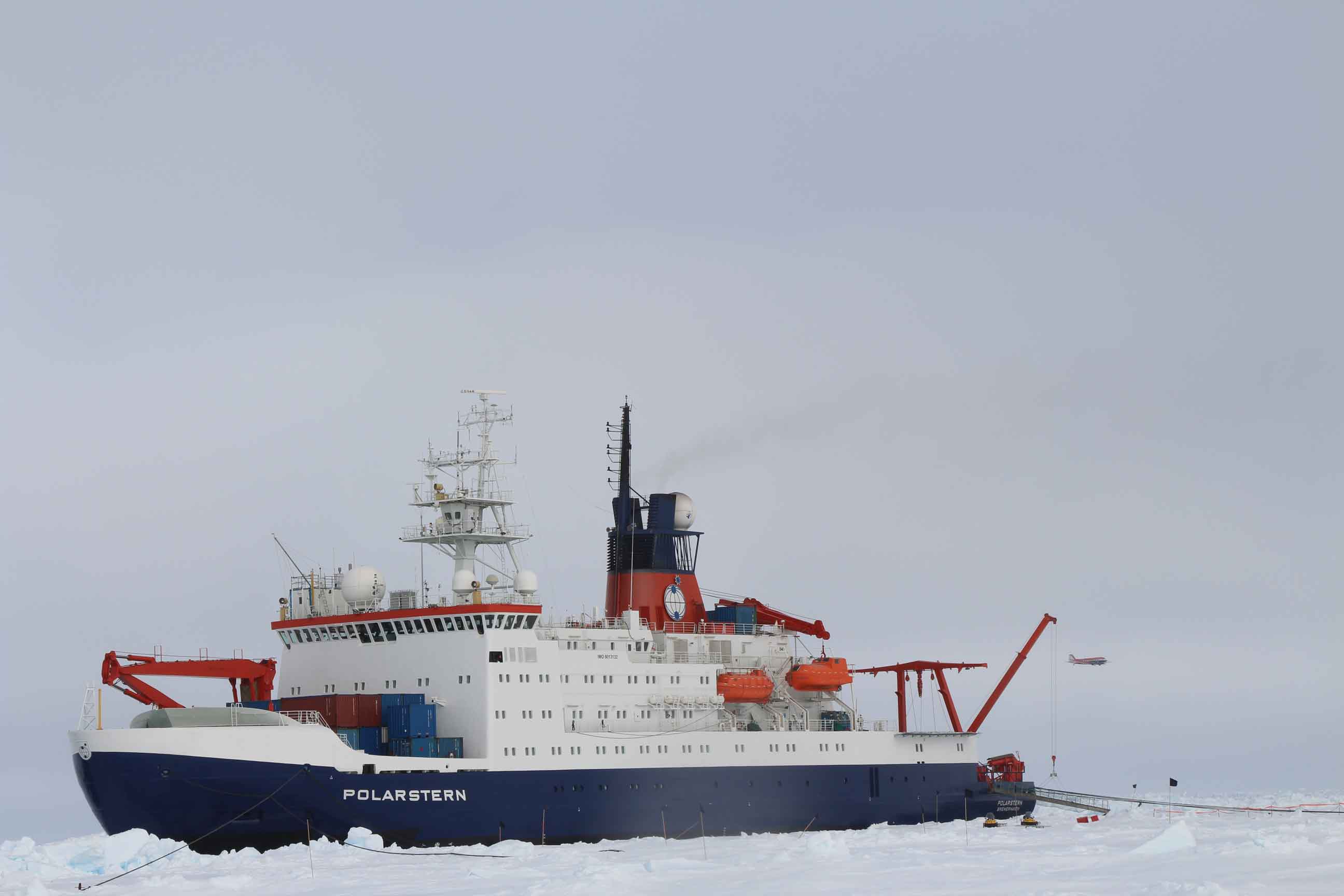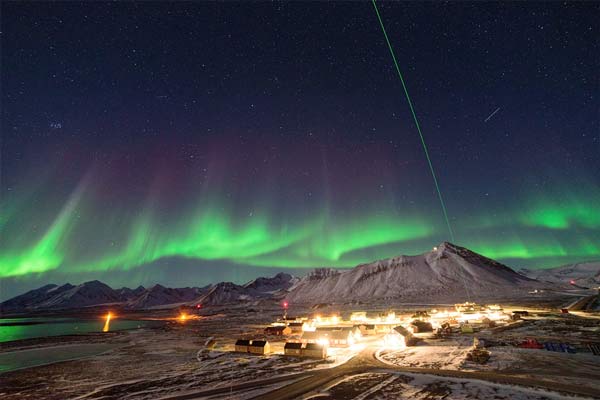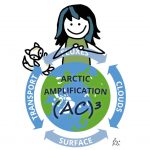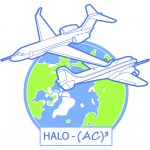News
07.12.2023 | IRTG Travel Grants Programm – Report PhD Alumni Day and (AC)³ General Assembly (Gabriella Wallentin)
28.11.2023 | IRTG Travel Grants Programm – Report Symposium on Polar Science and research stay in Japan (Alexander Mchedlishvili)
24.11.2023 | Approval of phase III of (AC)³ by DFG
13.09.2023 | IRTG Travel Grants Programm – Report SeaIce2Clouds workshop and research stay in Grenoble (Anisbel Léon)
08.09.2023 | IRTG Travel Grants Programm – Report Research Stay AWI Potsdam (Melanie Lauer)
Events
27.05.2024 - 29.05.2024 | (AC)³ Kick-off meeting phase III
05.12.2023 - 07.12.2023 | (AC)³ GA meeting in Leipzig
11.09.2023 - 13.09.2023 | 4th International Summer Snowfall Workshop
04.09.2023 | (AC)³ Online lesson: “Vertical exchange in the Arctic Ocean”
27.06.2023 - 28.06.2023 | (AC)³ Evaluation of phase III proposal in Cologne
The Transregional Collaborative Research Centre TR 172 (AC)³ provides a unique research environment to study the increase of Arctic near-surface temperature during the last decades, which is commonly referred to as Arctic Amplification, from complementary viewpoints, bridging various observations and modelling approaches.
University of Leipzig, as the coordinating University has applied together with the University of Bremen, University of Cologne and the Alfred-Wegener Institute for Polar and Marine Research (AWI), and the Leibniz Insitute for Tropospheric Research (TROPOS) for support of this research project.
The overarching scientific objective of (AC)³ is to identify, investigate, and evaluate the key processes contributing to Arctic Amplification, improve our understanding of the major feedback mechanisms, and quantify their relative importance for Arctic Amplification.
The TR 172 is funded by the Deutsche Forschungsgemeinschaft – DFG.

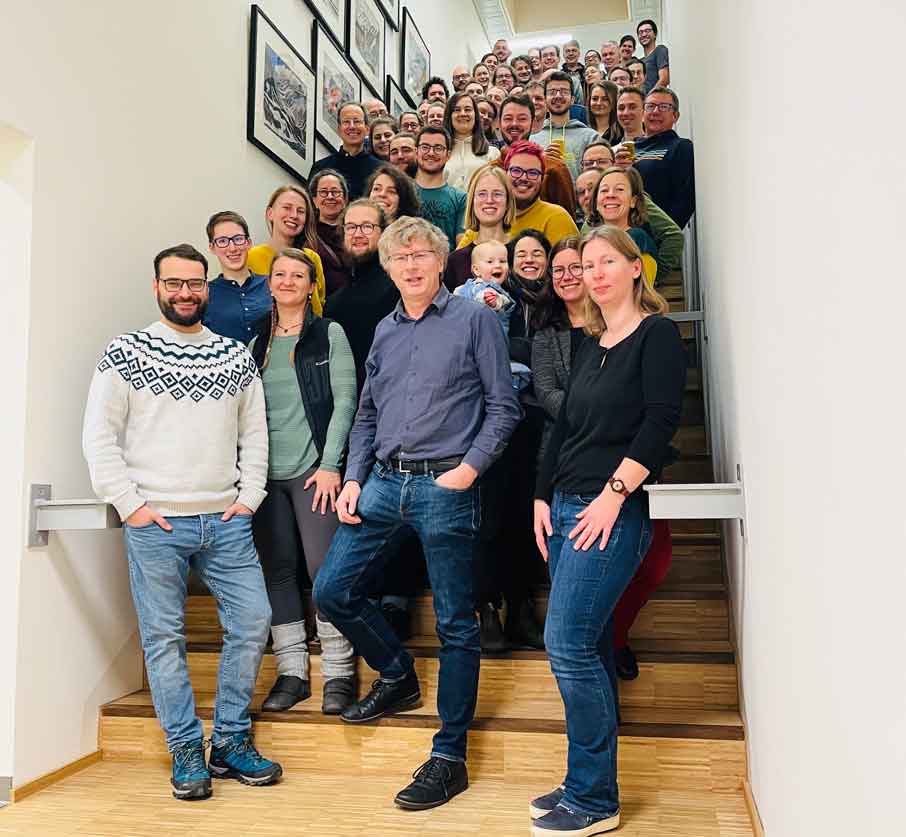
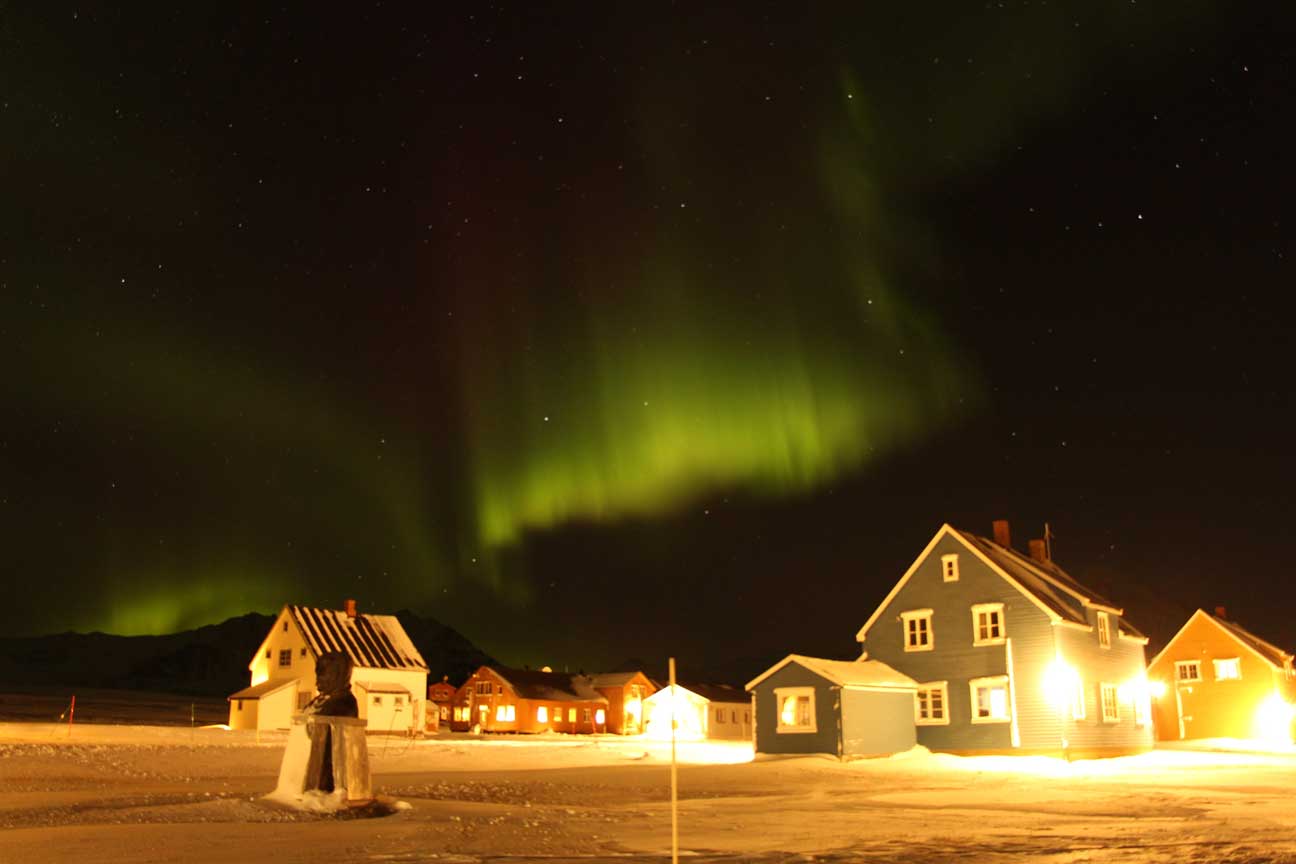
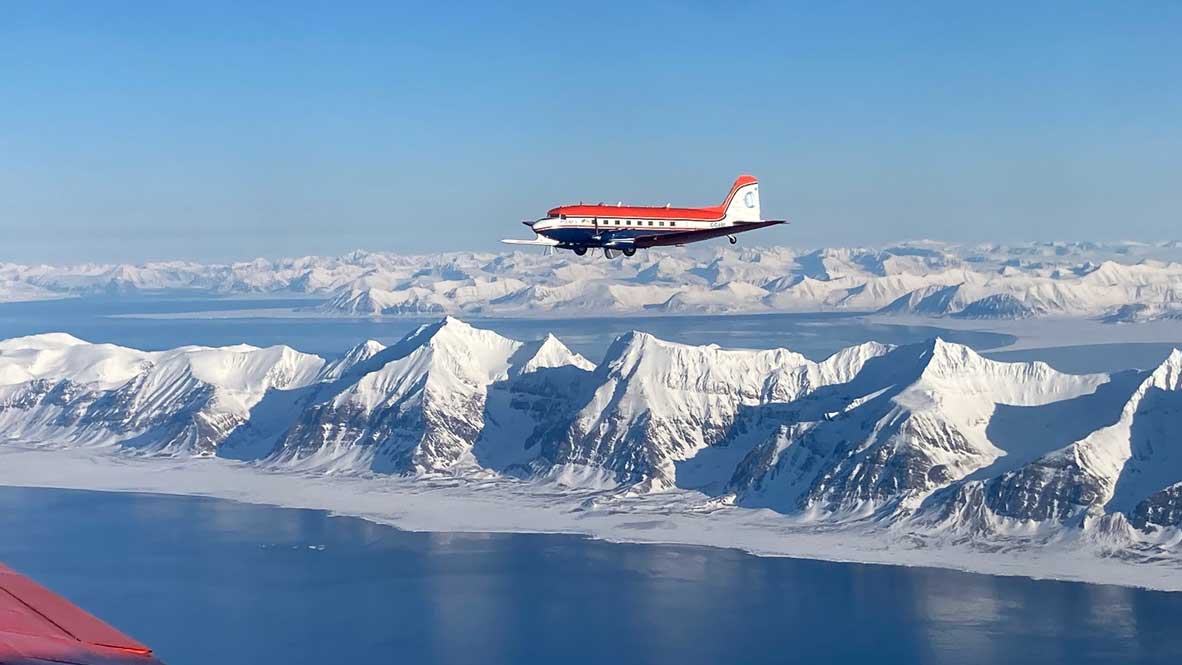
![HALO research aircraft during HALO-[ac3] in Kiruna, Sweden](http://www.ac3-tr.de/wp-content/uploads/2023/05/11032022_haloac3_kiruna_mbruckner_web.jpg)
